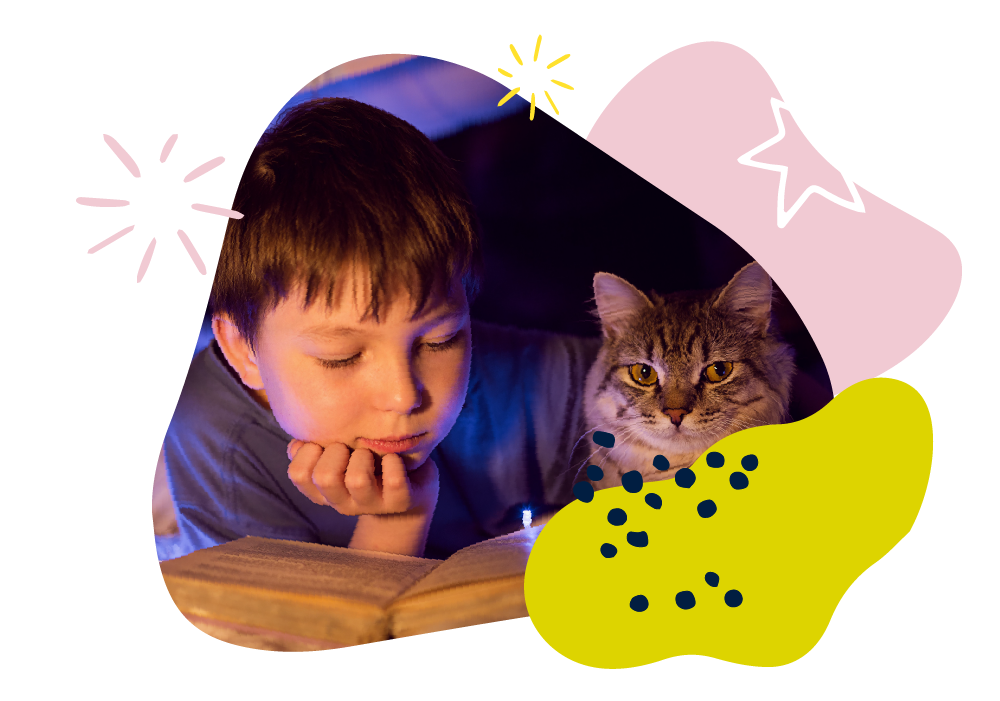Supporting reading in Year 1 (Age 5-6)
If you have a child in Year 1 (in England) or Primary 2 (in Scotland), you will probably be pretty familiar with the school’s phonics scheme and many of the characters in their reading scheme books. You child will probably continue to practise phonics on a daily basis at school and will be building up the sounds and their different spellings across the year. Their reading books will become longer and your child will be developing their comprehension skills as they talk about these books.
How to help at home
There are many simple ways in which you can support your child.
Make listening to your child read part of your daily routine
Listening to your child read their reading scheme book daily can seem like a chore. When we’re tired after a day’s work, or our child is frustrated, it can easily become a painful experience. But do try and read every day. It will make a real difference to your child’s progress. Keep it short and up-beat (however you’re feeling) and filled with praise. If you have older children, try sharing the load with them.
Read daily with your child even if their reading book has not changed. Re-reading lets us encounter words and phrases enough times to remember them. It builds confidence and helps the words move from short term to long term memory. Also, once your child is familiar with a story, you have an opportunity to support their comprehension skills. Talk about the ideas in the book, perhaps noticing things they missed the first time, or making links between the different events in the story.
Find out more about how to share your child’s reading scheme book here.
Read aloud to your child daily
Try and make time every day to read to your child. You could read an adventure story or a non-fiction book about cars or animals. Poetry can be fun too. When you read to your child, they get to experience adventurous language and ideas that they might not have found in their reading books. It builds their horizons and empathy.
Get them involved!
When you’re reading with your child, try to keep them actively involved in the words and the story. Clap out syllables (pel-i-can, Sep-tem-ber) or point out words made up of two words (for example the wind and mill in windmill). When reading to your child, encourage your child to join in with phrases, sound effects and actions to make a shared story time fun. Retell the story together, act out parts and bravely put on voices for different characters. Make a fool of yourself!
Talk about books, stories, words and pictures
As you read with your child, talk about the book. Ask them questions about the story – particularly questions you don’t know the answer to. Try to ask open questions that begin with ‘how’ or ‘why’ (Why did she do that? How is he going to solve this problem?) Talk about what is happening in a picture, what the characters might be thinking, or what might happen next. These questions all help to support your child’s comprehension skills.
Read all sorts of books
A mix of fiction and non-fiction, real stories and magical stories, familiar characters and new experiences help to broaden your child’s interests and keep story time fresh. Sometimes you might choose the book, sometimes they might!
Free eBook Library
Find a huge selection of free eBooks to encourage your child to read and support their reading journey in our library. Take a look >

